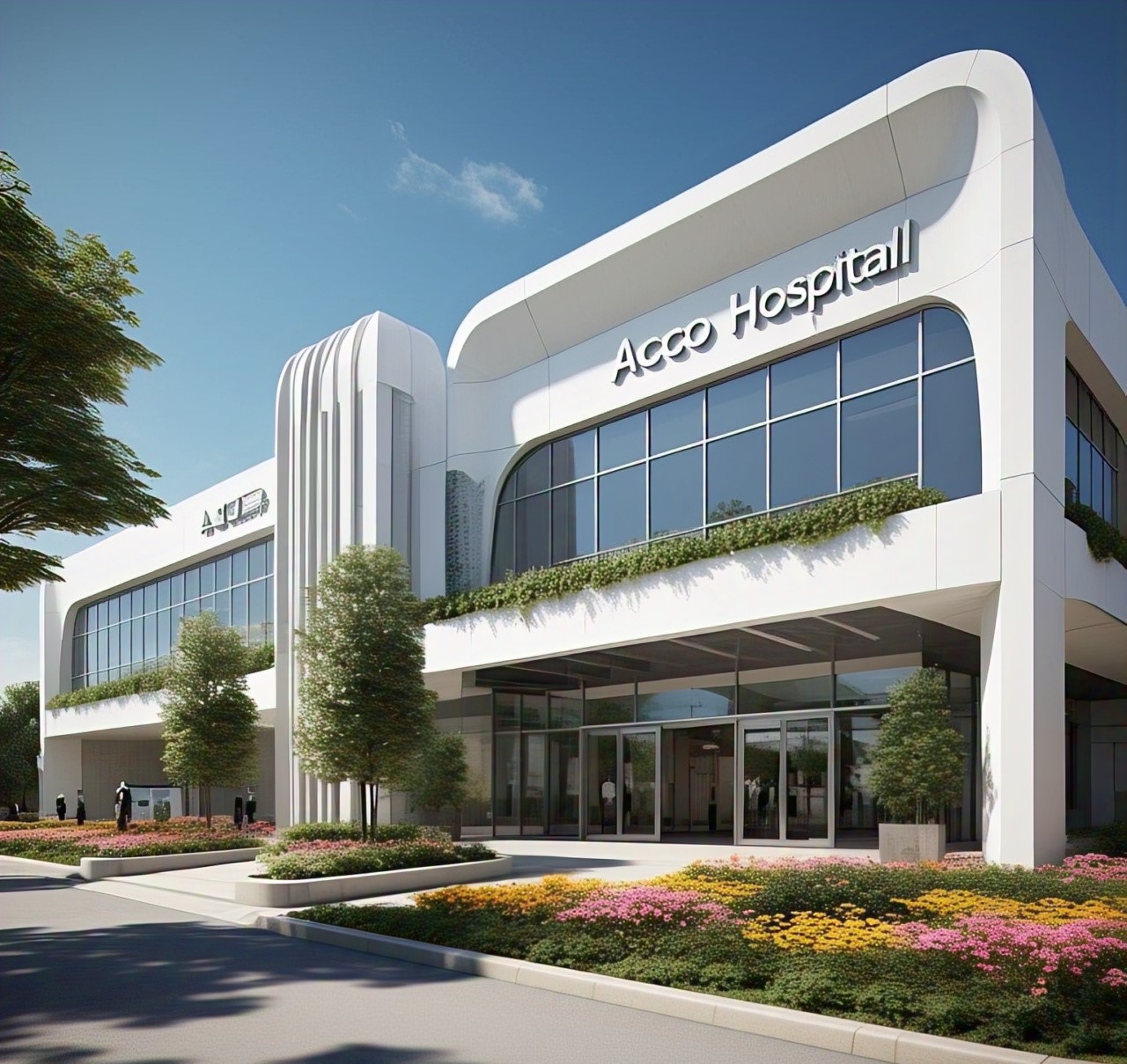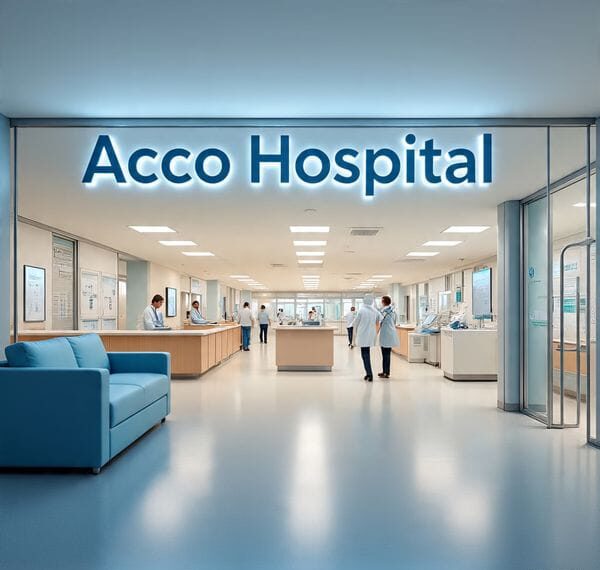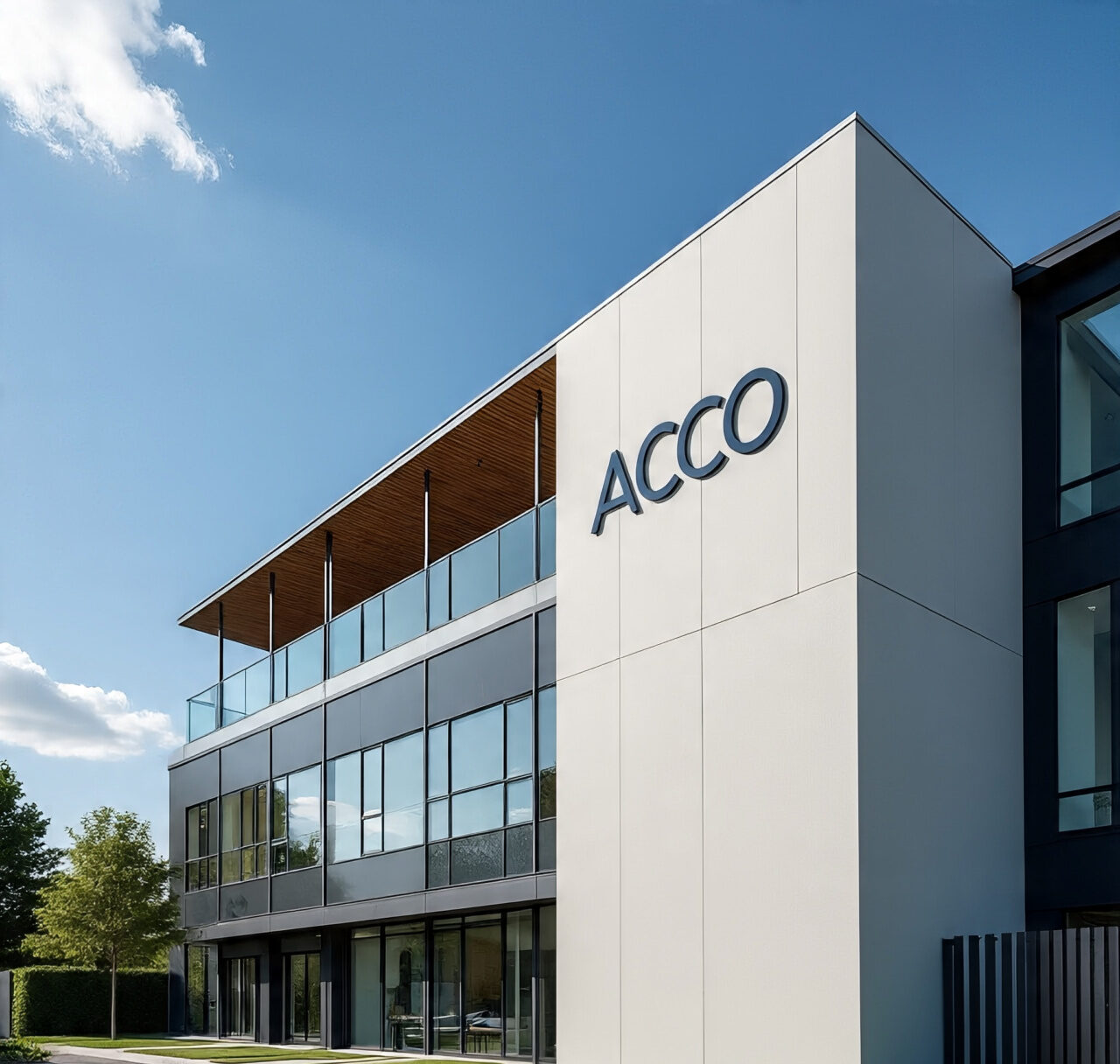
HOSPITAL DESIHN SERVICES UP TO 50 BEDED HOSPITAL ANYWHERE IN WORLD
Designing a small hospital with up to 50 beds involves creating a functional and efficient space that meets the healthcare needs of the community while ensuring patient comfort and staff efficiency. Here’s a comprehensive guide to the design and planning process for a 50-bed hospital:
1. Needs Assessment
- Healthcare Needs: Analyze the healthcare requirements of the target population, including common medical conditions and demographics.
- Stakeholder Consultation: Engage with healthcare providers, community leaders, and potential patients to gather input on needs and expectations.
2. Site Selection and Planning
- Location: Choose a site that is easily accessible, has adequate space for future expansion, and is well-connected to public transportation and major roads.
- Environmental Impact: Conduct an environmental assessment to ensure sustainable development and minimal disruption.
3. Architectural Design
- Space Planning:
- Patient Care Areas: Design inpatient wards, outpatient clinics, emergency department, surgical suites, and diagnostic and imaging centers.
- Support Services: Include pharmacy, laboratories, radiology, physiotherapy, and other ancillary services.
- Administrative Areas: Office space for administration, billing, medical records, and other support functions.
- Public Areas: Main lobby, waiting areas, cafeterias, and visitor lounges.
- Staff Facilities: Staff lounges, changing rooms, on-call rooms, and training rooms.
- Outdoor Spaces: Gardens, courtyards, and relaxation areas for patients, visitors, and staff.
4. Compliance and Standards
- Regulatory Requirements: Ensure the design complies with local, national, and international health and safety standards.
- Accreditation Standards: Design to meet standards of accreditation bodies like the Joint Commission (USA), NHS (UK), NABH (India), or other relevant organizations.
- Accessibility: Ensure accessibility for people with disabilities, including ramps, wide corridors, and accessible restrooms.
5. Sustainable Design
- Energy Efficiency: Use sustainable building materials, energy-efficient lighting and HVAC systems, and renewable energy sources like solar or wind power.
- Water Management: Implement water-saving fixtures and systems for water recycling and rainwater harvesting.
- Waste Management: Develop systems for managing medical and general waste, including recycling and hazardous waste disposal.
- Green Spaces: Integrate green spaces within and around the hospital to improve air quality and provide a calming environment.
6. Interior Design and Equipment
- Patient-Centric Design: Create a comfortable, healing environment with private rooms, natural light, and calming décor.
- Medical Equipment: Ensure state-of-the-art medical equipment in all clinical areas, with adequate storage and maintenance facilities.
- Aesthetic Considerations: Use calming colors, natural light, and artwork to create a healing environment.
- Technology Integration: Plan for advanced IT infrastructure, including electronic health records (EHR), telemedicine capabilities, and digital signage.
7. Safety and Security
- Fire Safety: Install fire alarms, sprinklers, and emergency exits according to local codes.
- Security Systems: Implement surveillance cameras, secure access control systems, and protocols to ensure the safety of patients, staff, and visitors.
8. Information Technology
- Health Information Systems: Integrate advanced EHR systems for efficient management of patient records.
- Networking: Ensure robust IT infrastructure for connectivity, telemedicine, and other digital health services.
- Data Security: Implement strong data security measures to protect patient information.
9. Construction and Project Management
- Project Planning: Develop a detailed project plan with timelines, milestones, and responsibilities.
- Budget Management: Establish a realistic budget and monitor expenses closely to ensure the project stays on track financially.
- Contractors and Subcontractors: Hire experienced contractors and subcontractors with expertise in healthcare facility construction.
- Quality Control: Implement quality control measures to ensure high standards throughout the construction process.
10. Post-Construction
- Staff Training: Provide comprehensive training for all staff on new facilities and equipment.
- Commissioning: Test all systems and equipment thoroughly before opening to ensure they are functioning correctly.
- Maintenance Plan: Develop a regular maintenance schedule to keep the facility and equipment in optimal condition.
- Community Engagement: Launch outreach programs to inform the community about the new hospital and the services it offers.
Example Layout for a 50-Bed Hospital
Ground Floor
- Entrance Lobby: Main reception, information desk, and visitor seating.
- Emergency Department: Triage, treatment rooms, and observation areas.
- Outpatient Clinics: Multiple consultation rooms, diagnostic labs, and treatment areas.
- Imaging and Diagnostic Centers: X-ray, MRI, CT scan, and ultrasound facilities.
- Public Areas: Cafeteria, gift shop, and public restrooms.
Upper Floors
- Inpatient Wards: Private and semi-private rooms organized into units by specialty (e.g., general medicine, surgery).
- Intensive Care Units: Small ICU with advanced monitoring and life support equipment.
- Surgical Suites: Operating rooms, pre-op and post-op recovery areas, and sterilization facilities.
- Specialty Care Units: Areas for specific services like maternity, pediatrics, and orthopedics.
- Administrative Offices: Offices for hospital administration, billing, medical records, and HR.
Lower Floors/Basement
- Support Services: Laundry, kitchen, central sterile services, maintenance, and storage areas.
- Parking: Adequate parking for staff, patients, and visitors.
Outdoor Areas
- Gardens and Courtyards: Therapeutic gardens, walking paths, and seating areas.
- Emergency Access: Dedicated areas for ambulance access and emergency vehicles.
Cultural Considerations
- India: Incorporate local architectural styles and cultural elements, ensuring facilities accommodate large family visits and traditional healing practices.
- UK: Follow NHS guidelines, incorporating designs that reflect local architecture and climate, with a focus on patient-centered care.
- USA: Adhere to guidelines from the American Hospital Association (AHA) and other relevant bodies, focusing on advanced technology integration and patient comfort.
Would you like more detailed information on a specific aspect of the hospital design, or need assistance with a particular project?
4o
Comments
0 Likes




